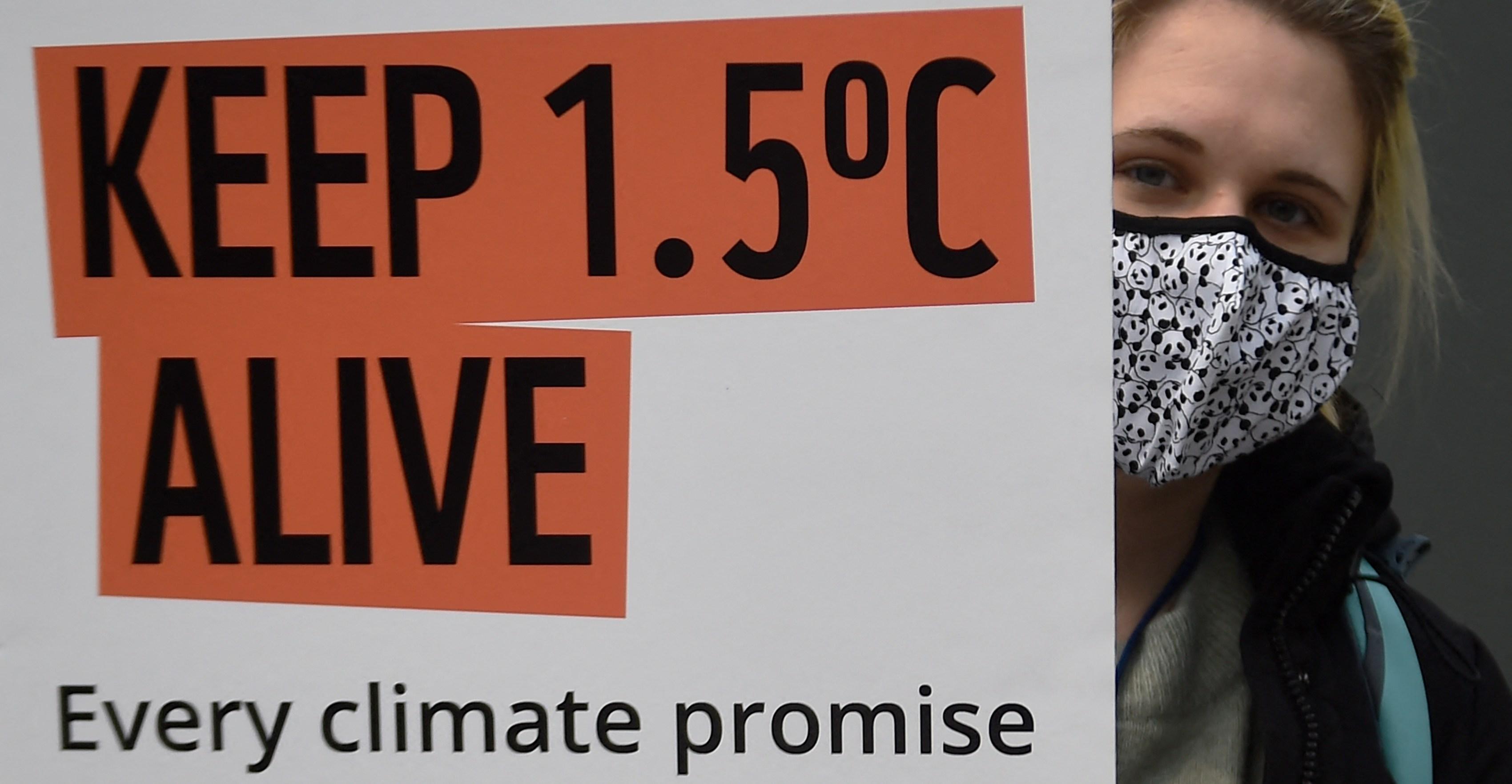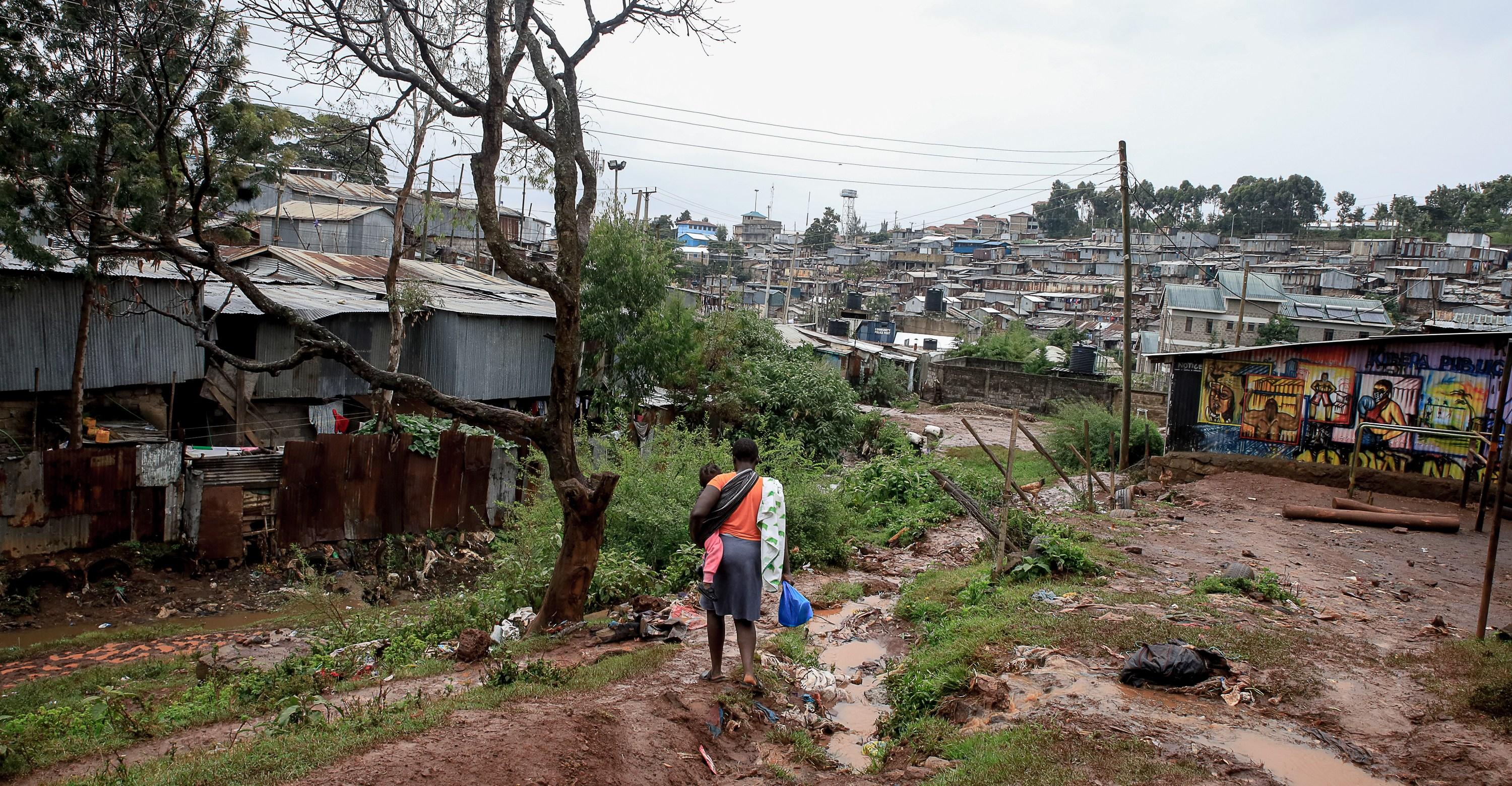It’s not dissimilar from talking to other adults, but even the most well-meaning grown-ups can forget that.


Somehow, despite our best efforts, it still happens to even the most self-assured adult. You’re at a birthday party or a family dinner or a picnic in the park, and suddenly, you find yourself face to face with a kid. You introduce yourselves, there’s a slight pause, and then, even though you know better, you hear the boring question coming out of your mouth: “So how’s school?”
Why are adults so bad at talking to kids, considering each and every one of us used to be one? “We forget what it’s like to be a child,” says Tina Payne Bryson, a psychotherapist and co-author of The Whole-Brain Child. “It’s hard sometimes to relate to kids because the rhythm of our days is so different.” Our brains and habits have changed, and as adults, it can be tough to remember what it’s like to be a 10-year-old.
But that’s the key: Talking to and connecting with 10-year-olds now doesn’t require remembering what you were like at 10. Instead, it’s all about approaching them as people: individuals who have their own interests, insights, and personalities. If you’re curious, warm, and earnest, you can make a new friend — and leave your awkward adult persona behind.
Find a point of connection
Much like in an initial conversation with an adult stranger, it can be hard to know where to begin. But once you offer up an open-ended topic, a kid will often run with it. Icebreakers with a kid can be situational. If you’re at a barbecue, ask them what their favorite condiment is. Or they can be general: Did you see a funny animal video recently? “You just want to get the kid talking,” says Ben R., an 11-year-old who lives in Highland Ranch, Colorado. “You want to get to know them.” Ben recommends starting with a question about something that you enjoy. If you like video games, ask what games they like to play; if you’re a big reader, ask about their favorite recent book.
The framing is important. “Adults reach for whatever they can, and ask a yes or no question,” says Robyn Silverman, host of the podcast How to Talk to Kids About Anything. If a kid is wearing a baseball cap, asking whether they like baseball is not a good question — just like if you were wearing a baseball cap, that question wouldn’t encourage you to keep talking. Don’t despair: You can just tweak the format of a question to improve it. “Instead of ‘How’s school?’, you could ask, ‘If you were principal for the day, what’s one thing you’d absolutely change?’” suggests Silverman. “A more interesting question will elicit a response more than ‘fine.’”
That first conversational volley is all about finding a point of connection. It could be a shared interest, such as the card game Codenames, or a low-stakes disagreement, like whether dipping french fries in a milkshake is delicious or gross. “The great thing about asking questions is to find out what you have in common,” says Ben. “You’ll feel more relaxed then and can focus on connecting through that.”
Ask good follow-up questions
The next step in a good conversation with a kid? Pay attention. This is where many adults slip up. Instead of actually listening to what a kid has to say and asking a relevant follow-up question, they jump in with a long story about themselves — or, worse, offer up a weird non sequitur. Recently, Ben was waiting in line for a waterslide when the adult behind him asked what grade he was in. After he answered, the stranger, who had not previously met the fifth-grader, replied by saying that he grew up so fast. “I thought to myself, is this how adults are? They just ask simple questions, half-pay attention to the conversation, and get distracted by something else?” Ben says. “I felt like he could have just realized that I could talk the same way everybody else could, but he made it really awkward for the rest of the conversation.”
Asking a good follow-up question is all about active listening, which requires humility. A kid is a person with their own interests and expertise, and you can learn from them, just like you learn from a conversation with another adult. “Kids are egocentric in nature, and they love to talk about what they love,” says Morgan Eldridge, a clinical psychologist who recommends framing a child as the expert on what they care about. “If you don’t know anything about Pokémon cards, ask them to tell you about it.”
More key aspects of active listening are body language and tone. If you’re talking to a younger kid, physically get down on their level so that you’re not looming over them. For kids and adults alike, face them, put away your phone, make eye contact, and smile. No need to speak in a different voice, though. “There are multiple occasions where adults have talked to me with a childish tone,” says Ben. “We’re more sophisticated than they think.”
When you’re fostering a comfortable conversational environment for a kid, you should also think about safety. There’s an inherent power imbalance between an adult and a kid, especially when you don’t know each other well, and as the adult, you’re responsible for making sure that your relationship and conversation stay appropriate. “Kids need to feel safe, seen, soothed, and secure,” says Bryson. “When you smile and have relaxed posture, it sends signals of safety and connection.”
Let their enthusiasm lead
Once the conversation is moving, step back. “When talking to kids, adults make the mistake that they need to talk a lot,” says Silverman. “But people [not just children!] actually love it when you listen.” Instead, ask questions and let the kid direct the flow; they’ll naturally lead the conversation toward what interests them most.
In many cases, this means going in a speculative, silly direction, which can be tricky for grown-ups. “Adults are more logical and solution-driven,” says Bryson. “We’ve forgotten what it’s like to play.” To rediscover your playful side, you can always ask an open-ended question, or even a goofy one: If you were going to open a restaurant that only serves three dishes, what would they be? What celebrity has the coolest style of all time? Would you rather have to fight 50 mosquito-sized alligators or one alligator-sized mosquito?
No matter what, don’t dismiss their enthusiasm. If a kid loves basketball but you don’t care about sports, ask them to tell you about their favorite player of all time. If they just learned a ton about bugs in a science unit, don’t try to show off how much you know — encourage them to share instead. “There’s a power imbalance, and it seems to give adults permission to belittle,” says Silverman.
If you do make a faux pas, like talking over them or getting distracted, own up to it, apologize, and redirect. You can always say, “I just spaced out, I’m sorry. What were you saying about summer camp?” Just pick the conversation back up afterward.
Be yourself (even if that means being shy)
Kids have different temperaments and personalities, just like adults do. They don’t expect everyone to be outgoing and loud. In fact, not every kid will want you to be. “Just like different friends appeal to different people, different kinds of adults will appear to different kids,” says Bryson. “The boisterous adult doesn’t appear to some kids, and the quiet adult doesn’t to others.” Just come as you are, since kids can tell whether you’re being authentic or not. “It’s really about showing up as yourself in the moment,” Bryson says.
If you are on the quieter side, don’t worry. Kids know what it’s like to feel anxious in a conversation, too. “Sometimes you just get nervous, and that’s okay,” says Fiona A., an 8-year-old who lives in Salinas, California. “Or sometimes you need a little bit of alone time. Just be you.”
Ben suggests a trick that he uses when he feels awkward or unsure about what to talk about: When you get stuck and start to feel self-conscious, ask a question. “Even if you don’t pay attention, it diverts the conversation away from yourself,” he says. “You learn more about them, and also you don’t have to talk as much.”
Sometimes, you’ll notice that a kid seems anxious to be talking to an adult. In that case, make sure you’re projecting a warm, friendly, safe environment. Being vulnerable can help them feel more comfortable, too. “A lot of adults are authority figures, and sharing something embarrassing can make us more accessible,” says Bryson. When she’s talking to a quiet kid, she often shares a story about when the class rat bit her in first grade at the school Christmas party; her listeners are always on the edge of their seats, ready to share their own best animal story afterward. You can be vulnerable about feeling awkward, too: If you share that you often feel shy at parties, then it normalizes the kid feeling shy.
And if they’d rather be quiet, it’s also fine to share a companionable silence. “If we ask a question or two and they don’t expand, it just means they don’t want to be asked a question right now,” says Bryson. If they’re not uncomfortable with quiet, then you shouldn’t be, either.
Refer back to your shared interests
Once you’ve had a friendly conversation with a kid and found some common ground, you can start to develop an ongoing relationship with them. Just like with a new adult friend, it’s important to remember details about them and refer back to them in future conversations. Did they tell you about joining the soccer team? Ask how the season is going. Did you bond over your love of superhero movies? Ask them what they thought of the sequel to Spider-Man: Into the Spider-Verse. If you know in advance that you’re going to see a kid who you’ve already spent time with, you could send them something that you can then talk about in person. Bryson recently hosted a friend and their 13-year-old son; in anticipation of his visit, she sent him some funny dog videos on Instagram. That offers an easy way to break the ice and connect in person again.
No matter the age gap, making conversation and becoming friends always happens much the same way: capitalizing on shared interests, asking good questions, and paying attention. And once you’re friends, conversation is easy. “After I get to know an adult, it’s easy to talk to her,” says Fiona. “It’s more complex to build friendship with an adult, but once you do, it’s like they’re a kid just like you.”
Charley Locke is a freelance journalist. She often covers young people and elders for publications including the New York Times for Kids, the New York Times Magazine, and the Atlantic.
Morocco beat Jordan 3-2 after extra time to clinch Arab Cup
- 11 hours ago
UN experts raise objections on India's unilateral actions of May 7 inside Pakistan
- 11 hours ago
Soccer legend Ronald debuts in Hollywood, to play key role in upcoming movie
- 10 hours ago
More than 42mn children administered polio vaccination during final polio drive in Pakistan
- 9 hours ago
Harrison Ford to get lifetime acting award
- 5 hours ago
PM Shehbaz performs groundbreaking of Centre of Excellence for Autism
- 11 hours ago
Gunman in Brown University shooting found dead, linked to MIT killing
- 11 hours ago
Water aggression against Pakistan: India curtails Jhelum flows after Chenab
- 5 hours ago

Gold prices plunge in Pakistan, global markets
- 11 hours ago
ATC acquits SM Qureshi, awards 10-year sentences each to Dr Yasmeen, Ejaz Chaudhry in May 9 case
- 11 hours ago
PMD to install Advanced Automatic Weather Stations
- 10 hours ago

The mass shooting on Australia’s Bondi Beach, briefly explained
- 20 hours ago












